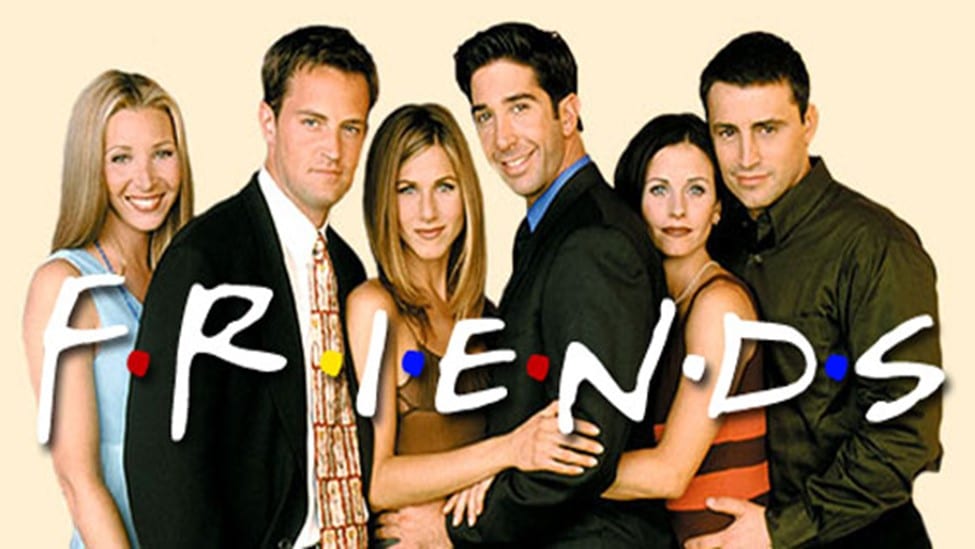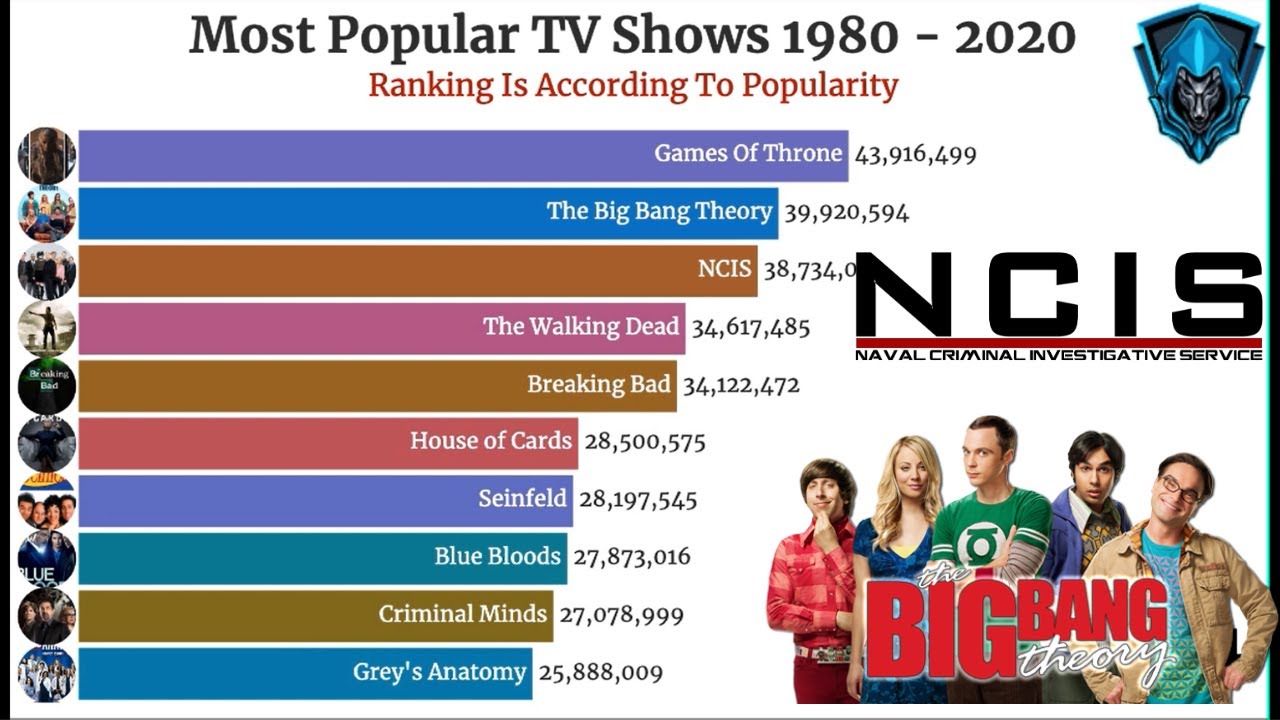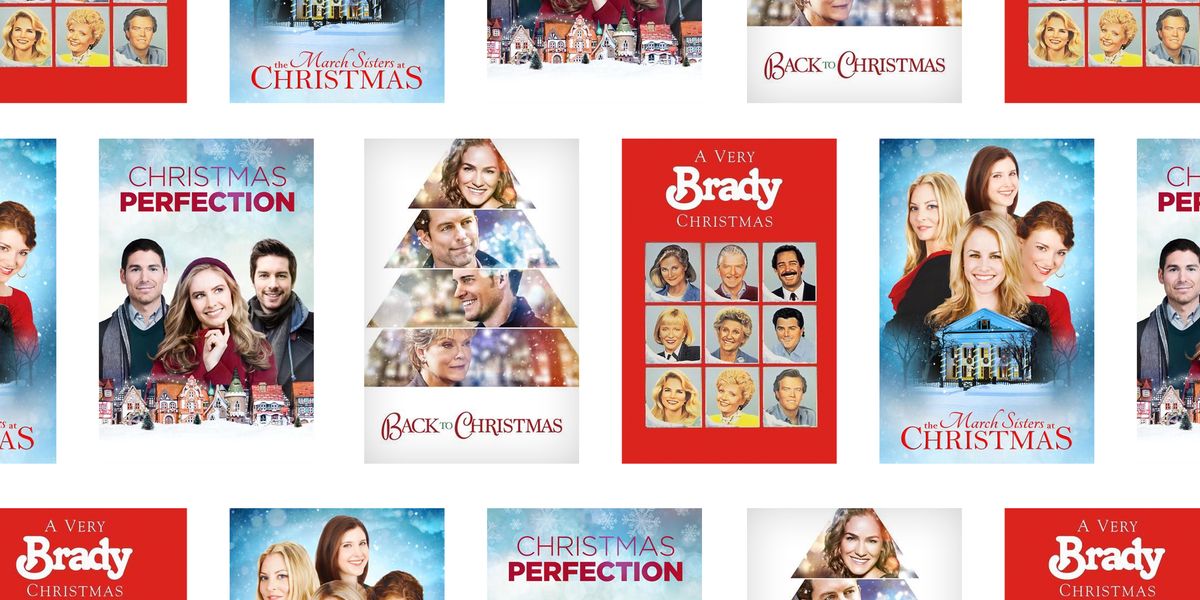
Netflix's new sitcom "The Good Place" follows the lives of two fictional characters. Although it sounds strange, the show is much more than a comedy. It's a discussion about the morality of stories. The Good Place will appeal to those who like meta-sitcoms. It uses humor and meta-analysis to challenge stereotypes and expectations when telling stories.
Season 3
The Good Place on Netflix is one of the most awaited television shows of 2018. The characters, which include Michael the violinist and Eleanor the pianist, are delightful and complex. Janet (lovable) and Harper (manic and intellectually complicated) are two other characters in the series.

Season 4
The Good Place is a great Netflix comedy. The series follows a group of four people who have died and found themselves in 'The Good Place'. It isn't what they expected. The demon Michael has disguised it as The Bad Place and made it The Good Place. He wants to wipe out all memories of those who are evil. But, good people can always figure out Michael’s plan and escape the bad places.
Season 5
Netflix The Good Place's fifth season is highly anticipated. This series is a funny look at life after death in utopia. Eleanor Shellstrop is the main character. Michael, an afterlife architect, has taken her to the "Good Place". She has to cover up her morally questionable past in order to be allowed into the "Good Place." Manny Jacinto, Jamela Jamil and William Jackson Harper are also featured on the show. Janet is D'Arcy Carden's role in the series.
Eleanor Shellstrop lives in the good land
Eleanor Shellstrop, despite all the good intentions of The Good Place, is not morally upright. She hides her bad behavior in an effort to live peacefully. She is surrounded in love and joy by Chidi, her soulmate, and she quickly realizes she has been living a life she does not like. She realises that she must become a better person in order to stay in the Good Place.
Podcast
The podcast is perfect for anyone who loves Netflix's "The Good Place" television series. It is an audio-only companion to the series and is published twice per week. It contains interviews with prominent members of the show's cast and breakdowns episode-by–episode.

Michael Schur's show
Netflix's "The Good Place" is a special show. Each episode ends with a cliffhanger, making it very serialized. This is an uncommon feature for half-hour comedies. It makes the show even more addicting.
FAQ
Is tv advertising still relevant today?
But, TV advertising is no longer effective. It's because more people are not watching television. They're using other media instead.
Television ads have become an essential part of marketers' lives. These ads are essential to reach the audience where they spend their most time online.
Also, we need to ensure that TV ads connect with customers on a deeper level. This requires us think differently about how TV ads are made.
No longer can we rely on images or slogans. Instead, we must consider how watching TV affects the experience. How can we get people to feel motivated to purchase our products and engage them emotionally?
All of these things require creativity. These days, creativity is available from digital agencies.
What Is A TV Spot?
A TV spot is usually a 30-second advertisement that appears between programs on a television station.
Many channels will air multiple TV spots daily. Each TV spot will typically focus on a single topic or theme. These spots are often intended to promote a company or brand.
Television commercials can be used for more than just promoting products and services. They can also be used as a marketing tool to promote events, charities, and movies, as well.
What can advertising do for consumer behavior?
Advertisements can influence consumer behavior in two ways:
-
We associate certain brands with ads. If we see a McDonald's advertisement, we might think "McDonald's hamburgers taste better than Burger King."
-
Advertisements can tell us what we should do. If a commercial says to go to a shop to buy a car, it is likely that we will.
What are the different styles of commercials?
There are three types of commercials: TV Commercials (TV Commercials), Radio Commercials (Radio Commercials) and Print Ads.
TV commercials last about 30 seconds. They're frequently used to increase brand awareness.
Radio commercials can be longer than 1 minute and are used for product marketing.
Print ads are usually shorter than 2 to 3 minutes and targeted at specific audiences.
What type of advertising is a TV?
Television is a medium of communication in which images are used to communicate messages. It is the most viewed media in the world. The television industry is worth over $100 billion dollars annually.
There are many kinds of advertisements that can be seen on TV.
-
Commercials are also known as "TV commercials", and last for 30 seconds or more.
-
Programming/Series is also known as "programming". These programs are typically 20 minutes long. However, some may be shorter.
Commercials can be seen during commercial breaks. They are typically between every half hour and an hour of programming. They are also shown at other times when there is no program being broadcast. These include infomercials, before-and-after shows, and public service announcements.
Programs are the main part of any channel. Each week, most channels air multiple series. Some networks only show one series per day. Others may show several series simultaneously. Some channels specialize in airing movies, sports events, news, etc.
Advertising on television has changed significantly since its inception. Television was first used for entertainment in the 1950s. People would watch shows like I Love Lucy, Father Knows Best, Gunsmoke, etc., and then go outside to play with their friends. People started using television to find out more about products and services as technology improved. For example, if someone wanted to buy a new car, he could watch an automotive advertisement and learn what features were available in that particular model.
Statistics
- Television is a great brand awareness tool - Almost every American has a television, with 83 percent of adults having two or more, and American households keep their televisions on for 8.1 hours each day on average. (marketingevolution.com)
- Not to mention, sales rose an incredible 11% following the launch of this commercial. (qualitylogoproducts.com)
- In fact, when the ad first launched, Dos Equis quickly became one of the fastest-growing beers, increasing its sales by over 22%. (qualitylogoproducts.com)
- This includes 97 percent of Gen X, and 95 percent of Millennials. (marketingevolution.com)
- 93 percent of American adults listen to the radio over the course of the week. (marketingevolution.com)
External Links
How To
How can I make money on my TV Commercial?
There are many ways you can make money with your TV ad. Here are some of the ways you can make money from your TV commercials:
Advertising - This refers to any paid promotion that encourages viewers to watch your commercial.
Merchandising - This refers to selling merchandise related to your product after watching your commercial.
Licensing – This refers a licensing of your commercial so that others businesses can use them in their own promotions.
Syndication – This is when your commercial is syndicated to other networks.
Advertising revenue can help pay for production costs and can also provide additional funding for future projects.
Advertising can bring in significant income but it does not guarantee a return.
Before you can start making money with your TV commercials, it is important to determine what types of advertising you have. Before you decide on one, learn about the other options.
Next, you should figure out where you would like to place your commercial. You might want to advertise on sports or sitcoms. Perhaps you prefer targeting younger audiences by placing your commercial in close proximity to children's programs.
Finally, you need to decide whether you will produce your commercial yourself or hire one from an agency. You will need to hire a professional to write the script, direct the actors and edit the final product. However, buying a commercial that is already prepared can save you precious time and money.
After you've decided how to make your commercial, you can start looking at different options. Consider these things when choosing an advertising channel.
Target Audience – This is the most popular way to advertise. For example, you could choose to advertise to kids, teens, young adults, middle-aged men, or women over 50 years old.
The key here is finding the right audience for your commercial. You don't want to waste money targeting people who aren't interested in your product or service.
Location - Think about where your commercial will be seen most often. If your plan is to advertise at a sporting event or other public events, it might make sense to place your commercial right before the first whistle. That way, everyone attending the event will see your commercial.
You may need to consider other options if your goal is to reach people living outside of your region. For a wider audience, satellite dishes and cable television can be used to broadcast your commercial.
Production costs - Companies spend anywhere from $5,000 to $10,000 per minute for commercial airtime. Advertisers are charged a fee based upon the length of the spot to cover these costs.
If a company wishes to broadcast commercial airtime for 30 seconds, they will be charged $1,500. They'll have to pay $2,500 for 60 seconds.
A commercial can cost anywhere from $3,000 to $15,000. You will also need to hire a writer, producer, editor and actor.
Time frame - This is another important factor to consider when choosing an advertisement method. For example, if your goal is to sell products within a week, you won't be able to wait until after the Super Bowl to begin airing commercials. It's better to choose a quick advertising medium.
That said, if you want to take advantage of long-term exposure, you'll need to invest a lot of time and effort into producing a good commercial.
Cost Per Viewer: Finally, think about how much it costs each viewer to see your commercial. This will depend on the size and number of views that you get.
An example is a commercial that attracts 10 million viewers. It will be more expensive to produce a commercial that receives only 1,000 views.
To determine which option works best for you, you'll need to compare all of these factors. You can start by using the tips below once you have decided on your strategy.